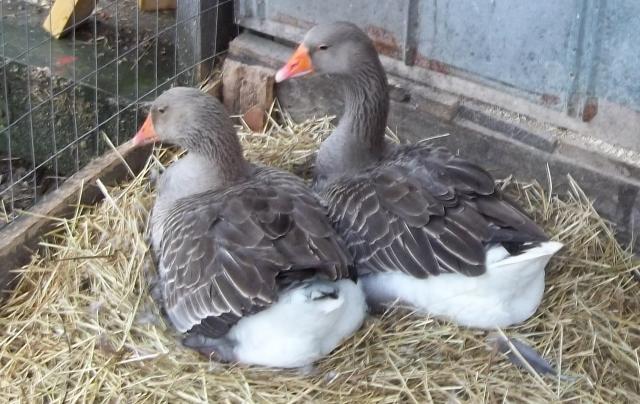Here is some info I posted on a Seb forum. Please note Seb eggs are often smaller than other goose breeds and this can possibly make a difference.
After A LOT of incubation of Seb eggs over the last six years my opinion is to let the eggs dry down for the first few days (7-10) depending on the weather and your climate. If the humidity is 32-40% that is fine. I add no water to my incubator if it is a still air, and only sprinkle a little warm water on the eggs and blot them dry, when I cool them down, and turn them. If you have a forced air incubator you may have to monitor the humidity closer, and you may have to add a damp sponge. I candle the eggs often to see how the air space progresses. You want to see a large air space by day 21 (almost a third). The gosling needs room and air to hatch successfully. After day 21 you may have to add a damp sponge to a still air incubator if the humidity is under 45- 50%. Three or four days before hatch you want to get the humidity 80% or more and quit turning the eggs, so the gosling can break through the (hopefully elastic enough) membrane. If the egg did not dry down, and there is too much liquid in the egg at hatch, the gosling can drown: if the humidity is too low the membrane might be too difficult to break. To raise the humidity at hatch, a humidifier is the easiest way to go, along with a clean damp sponge in the incubator.
It is well worth your while to by a Hygrometer/Temperature device. I find goose eggs much harder to hatch artificially than chicken or duck eggs. They often "quit" a few days before hatch. Even under the goose there are usually at least third of the eggs that are duds. My geese have historically decided to sit when they have at least 12-13 eggs, and hatch out 6-8 gosling (which is the norm). My theory is that under the goose, the more eggs she can cover the better the "mass" will be to hold warmth.


